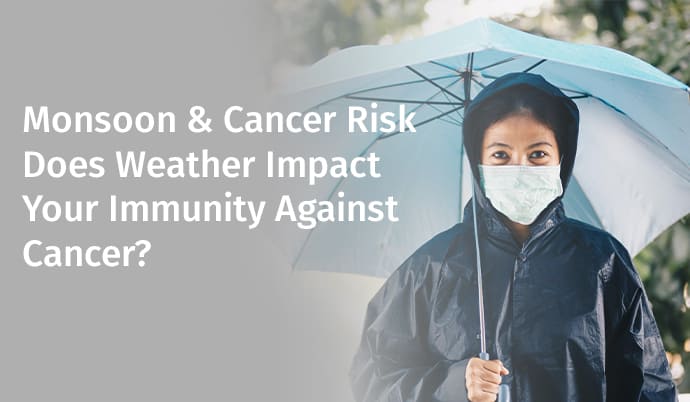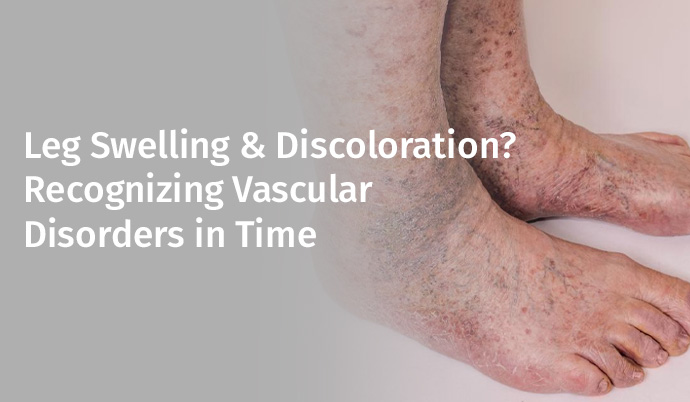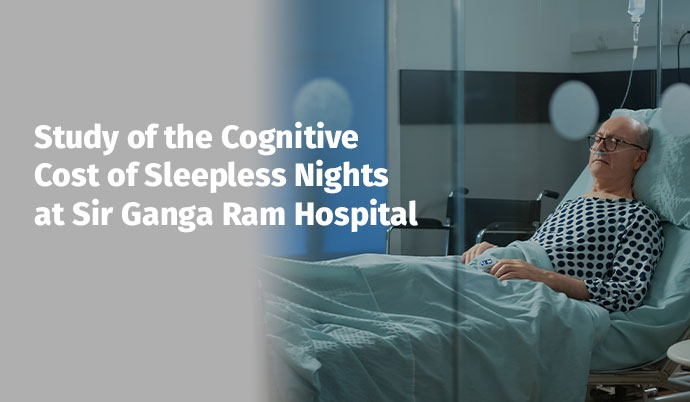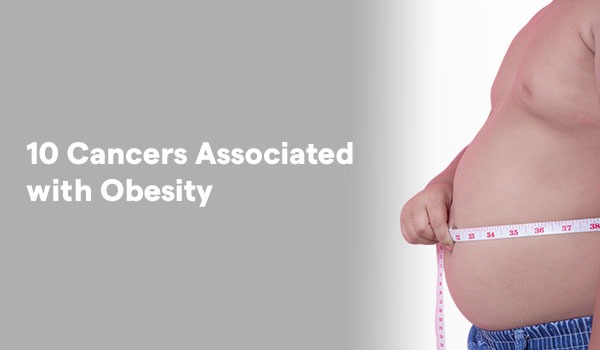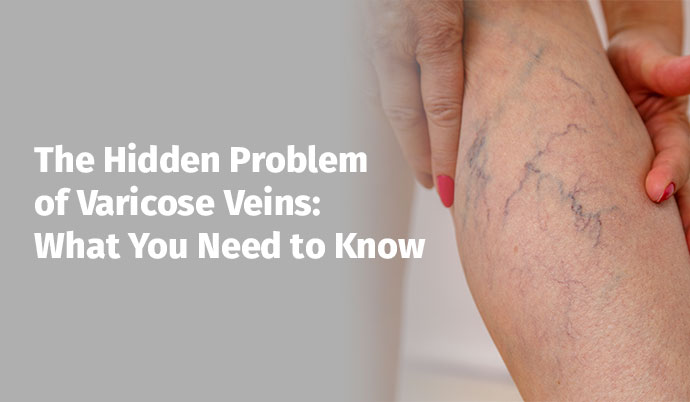
What then are varicose veins, what causes blue veins, and what can we do to prevent the disease before it becomes serious?
Let us go back to the first principles; varicose veins are the veins that have increased in size, become swollen and are also twisted and are normally found in legs and feet. They are caused when the valves in the veins in your body, which are supposed to maintain the flow of blood in one direction, become weak or damaged. This makes blood accumulate and the veins swell out. They are very often blue or dark purple, and some people do not feel any discomfort, but others may have aching, heaviness, itching, burning or even cramping. Consider them as hyperexploited, underpaid workers of your blood supply system, who have now revolted, making themselves noticed.
Why do Varicose Veins Occur?
Varicose veins are the penalty of our erect posture and present lifestyle and are not the only indication of ageing or prolonged standing (though a combination of these definitely has something to do with it). The reasons for these rebellious veins having appeared are an entire symphony of reasons:
1. Genetics ( The Family Curse):
There are high chances that you will get them in case your mother, father or grandparents had them. Research indicates that as many as 90% of individuals with varicose veins have a family history.
2. Gender Biasness:
Due to hormonal changes, particularly during pregnancy, menstruation, and menopause, women are at a greater risk of developing varicose veins or blue veins. Here, the hormone progesterone, which relaxes the vein walls, comes in a big way.
3. Age (Gravity is Not Our Friend):
Due to old age, veins become non-elastic, and valves become weakened. That, together with years of the effect of gravity, which is cumulative and pushes the blood down towards your legs, will result in an ideal storm.
4. Standing or Sitting (the bane of a Desk job):
Teachers, security guards or IT employees are at a greater risk as they spend hours standing or sitting at the job. When blood is not moving, it does not circulate properly.
5. Obesity (the new Pressure Cooker):
Being overweight exerts more pressure on the veins, hence the risk of them becoming varicose.
Symptoms of Varicose Veins
Some individuals believe that reducing varicose veins is merely something ugly and not dangerous. And although in other cases that might be true, here is what you are to be really aware of:
Untreated varicose veins may result in chronic venous insufficiency, blood clots, or leg ulcers, and that is not a laughing matter. Sometimes the varicose veins rupture due to venous hypertension, which is a panic situation.
The Silent Epidemic of Varicose Veins in India
Although Western countries previously researched extensively on venous diseases, India is playing catch-up and indeed a successful one. The condition has been prevalent in rural as well as urban settings, but the urban sedentary lifestyle appears to hasten its progress. As more individuals sit before the screens and fewer are busy on their feet in vigorous ways, the issue is gradually swelling.
In India:
How Can I Outsmart the Veins?
Well, you can do nothing about your genes, but you can determine your lifestyle. That is the best way to be ahead of the curve:
1. Move & Lose it:
Walk, stretch, dance, jog, cycle, anything that makes blood flow. Do not sit or stand all the time.
2. Raise your Legs:
Relax with your feet up. Lifting your legs above your heart, 15 minutes a day, will drain away the pooled blood.
3. Put on the Compression Stockings:
These are not only for the grandmothers. Compression garments loosely pressurise the legs and increase the flow of blood back to the heart by aiding the efficiency of the veins and muscles.
4. Be Fit and Light:
A healthy weight will help relieve the pressure in the veins. And, incorporating leg-strengthening exercises into your fitness schedule is now your new friend.
5. Don’t Wear Tight Clothing and High Heels:
Put those skinny jeans and stilettos at rest. They may hinder circulation, particularly involving the thighs and the calves.
Varicose Vein Treatment
You (or that sufferer) do not need to endure varicose veins or blue veins in silence if they are causing symptoms or affecting the quality of life. Over the past ten years, treatment avenues have changed quite significantly.
1. Lifestyle Changes:
The first line of defence is the set of measures that doctors tend to prescribe before invasive measures.
2. Sclerotherapy:
The vein is scarred and stagnated by injecting a solution of salt into it, hence the blood is redirected into healthier veins.
3. Laser Treatments (Endovenous Ablation):
The bad veins are blocked by high-frequency radio waves or lasers. This procedure is not very invasive but induces a fast recovery.
4. Vein Stripping and Ligation:
In extreme cases, the entire vein may be subject to stripping. Fortunately, this procedure is not very common anymore with the advent of newer technologies.
5. Foam Sclerotherapy & Glue Therapy:
These are more advanced methods of sclerotherapy, where the vein is obliterated with foam or glue. Rapid, efficient, and simple.
Always seek a vascular specialist for the treatment on a case-by-case basis; don't fall for some clumsy YouTube tutorial or random advice from an auntie.
Truth Bombs about Varicose Veins
Let's put some common misconceptions to rest, as suggested by the specialists from the best endovascular surgery hospital in Delhi:
Fact: It can really affect anybody-even kids or teenagers, especially if they are genetically predisposed.
Fact: It's more about faults in the vein valves internally rather than one's leg position.
Fact: There are many other non-surgical alternatives one can go for nowadays.
Fact: They can cause pain and ulcers, and if left unattended, can lead to DVT (Deep Vein Thrombosis).
When Should You Go to a Doctor?
Don't wait for one day to actually limp or feel almost embarrassed about showing his or her legs. Go to a doctor for the following:
Varicose veins or blue veins don't shout, but they certainly speak with swelling compared to other things, heavy feelings, and aching in the legs. Just like any good story, the sooner you read the signs, the better the ending. From wearing compression stockings to seeking medical help, small steps can make a huge difference. Your legs surely do quite a bit for you; maybe it's time you did a bit back for them. So, do not be covered up by long pants or just call it "normal." Listen to your veins; maybe they're trying to keep you from a much more important thing than just fashion advice. And even after all the necessary precautions, you still suffer from this issue of varicose veins, then feel free to consult a specialist and book an appointment at Sir Ganga Ram Hospital today.
